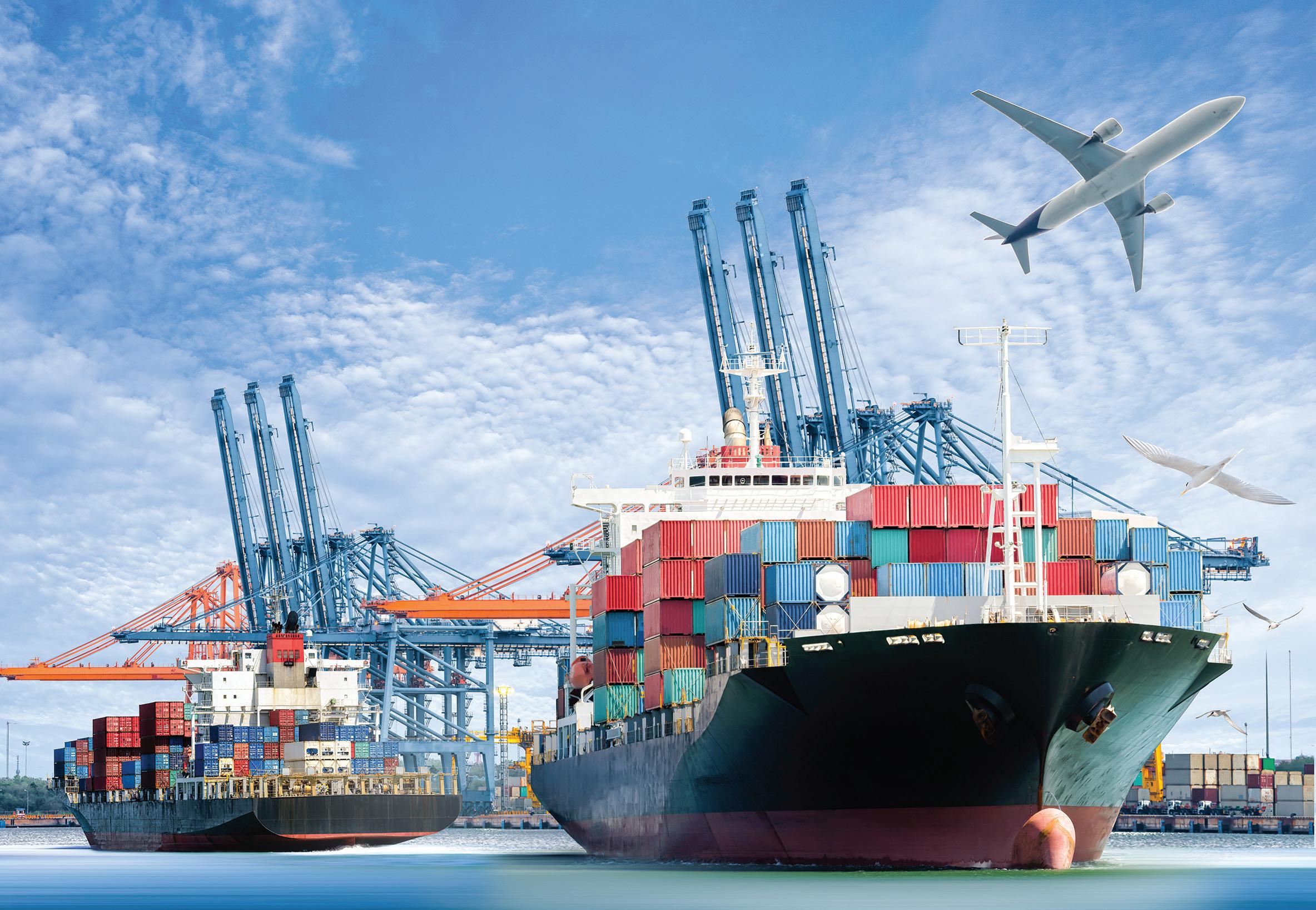ENVIRONMENT
Ports determine and address key sustainability issues using the Green Marine framework By David Bolduc Green Marine’s Executive Director
G
lobalized trade has significantly increased the demands on ports at the same time as the public is seeking to reclaim waterfront areas for residential and recreational greenspace. Changing expectations by urban dwellers for vacant or formerly industrialized land is making it more difficult to obtain approval for new development or expansion projects. Social expectations are likely to mount with people having a glimpse of how some of Nature has been able to rebound during the COVID-19 slowdown. Fortunately, a significant proportion of North America’s port community has effectively been addressing these challenges for well over a decade through the Green Marine environmental certification program. Green Marine currently has 48 port authorities and 58 terminal operations voluntarily participating in the program in Canada and the United States, as well as nine port-specific association members. All participants use detailed criteria to determine and publish their annual efforts on a 1 (monitoring of regulations) to 5 (excellence and leadership) scale. Results are reviewed by an independent verifier to ensure the program’s rigour. The bar for Levels 2 through 5 has also been raised a number of times to keep the criteria sufficiently challenging beyond existing regulations, emerging technologies, and new best practices. The program also requires certain yearover-year improvement. The program’s
Participating terminal operators, port authorities, ship owners, and shipyard managers have not only welcomed challenges beyond regulations but have addressed newly emerging issues... revision is done with substantial input from key governmental, scientific, environmental and community stakeholders, alongside the participants. The program has significantly expanded in terms of the issues that it addresses since its founding 13 years ago. Participating terminal operators, port authorities, ship owners, and shipyard managers have not only welcomed challenges beyond regulations but have addressed newly emerging issues, such as community relations at ports. Underwater noise is another example. Meanwhile, the program’s very first performance indicators for ports to reduce air emissions and greenhouse gases remain as relevant as ever and have become even more demanding with Level 5, for example, now requiring a yearly reduction target. In keeping with Green Marine’s collaborative approach, the new criteria was established by a workgroup that involved the representatives of several ports of different sizes, along with the relevant governments, academia and environmental NGOs.
Tools and technologies
Green Marine does its best to provide participants with the means to achieve
The five levels of efforts by which detailed criteria are measured. 18 — PACIFIC PORTS — August 2020
the program’s goals. For example, Green Marine has licensed the Ports Emissions Inventory (PEIT) from Transport Canada for use by all participants in benchmarking and reducing emissions in a readily measurable, consistent way. Such resources are often key to helping smaller ports with fewer resources to participate and to avoid everyone from having to reinvent a wheel. The program further advances environmental excellence by providing the latest information about emerging technologies. Green Marine invites enterprises with innovative products and services to become partners. Each partner’s speciality is listed in an online directory. A number of partners also explain their offerings at one of the booths set up at Green Marine’s annual conferences. Fingers crossed: GreenTech 2021 is planned for Seattle, Washington. The conference is regularly moved between the West and East coasts to make it easier for different people to attend. Unfortunately, this year’s conference set for Montreal was cancelled because of COVID-19, but the good news is that an online format is readily accessible













